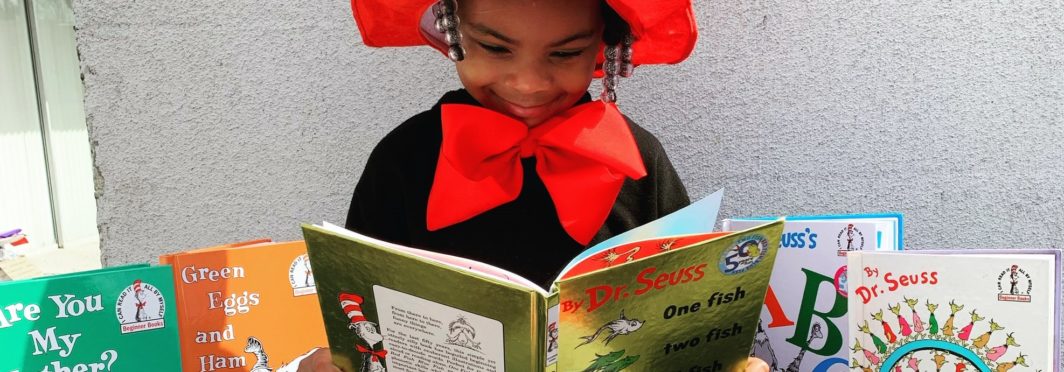Finding your writing voice can feel daunting in the best of circumstances. You have to let go enough to trust yourself and let it bubble up from inside. Then that inner voice gets melded with the needs of your book. Finding that writing voice in children’s books is further complicated by the fact that readers of different ages and require different things.
There are a couple of basics:
- No kid wants to read about an adult recalling events that happened when they were young. Reminiscing is not what kids are all about. They want the point of view (POV) to be a child’s—specifically a child who’s about the same age or slightly older than they are, who is going through something they can relate to.
- Unless you can measure up to Dr. Seuss, and unless there’s a darn good reason for using rhyme, don’t.
- This is not the place to display your superior vocabulary. You will be choosing your words carefully, but why you choose them will have everything to do with effect and your audience’s reading level and nothing to do with high-level linguistic expertise.
When writing for young readers, repetition—of words, phrases and even scenarios—works. In Is Your Mama a Llama, the phrase in the book’s title sets up every new scene. Each book of the Magic Tree House series opens with Jack and his little sister Annie jumping back in time or to a new place in the world from the same tree house.
Cue the reader anticipation!
So, let’s review what you want to keep in mind when developing your writing voice in children’s books. Repetition can be your friend. Reading level and language effect will dictate your word selection. Keep the focus on the kids when it comes to point-of-view, tone and writing voice (as well as plot and character development).
Of course, don’t talk down to your readers, no matter how young. They’ll hate that as much as you do.



Sorry, comments are closed for this post.